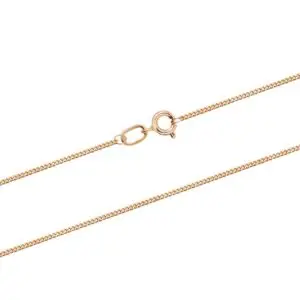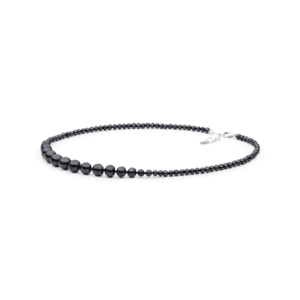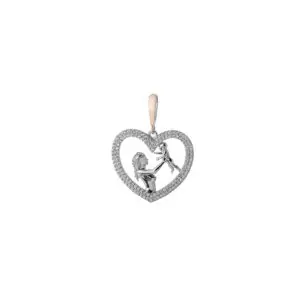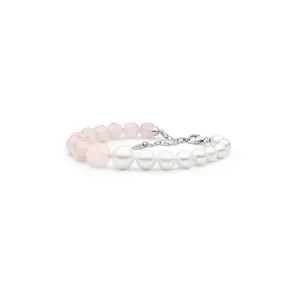December – Tanzanite, Zircon and Turquoise
Those born in December have a choice between three beautiful gemstones: tanzanite, zircon and turquoise. These gemstones range from the oldest on Earth (zircon), to one of the first mined and used in jewellery (turquoise), to one of the most recently discovered (tanzanite).
Tanzanite
Tanzanite is blue-purple variety of the mineral zoisite that is mostly found in Tanzania. Trace amounts of vanadium, mixed with extreme heat, cause the blue-purple colour, which ranges from pale blue to intense ultramarine with violet undertones.
Unlike many well-known gemstones that have been known for centuries, tanzanite is a relatively modern gem. It is thought that Maasai herders found these blue crystals in Tanzania in 1967 and notified a prospector named Manuel d’Souza, who promptly registered claims with the government to begin mining. Initially, the gemstone was thought to be sapphire, but soon identified to be a blue variety of zoisite. Tiffany & Co. became its main distributor and changed the name from blue zoisite to tanzanite.
Tanzanite is thought to bring wisdom, truth, dignity and spiritual mastery. In addition to being a birthstone for December it is also gifted for 24th wedding anniversary.
Zircon
Zircon is an underrated gemstone that is often confused with synthetic cubic zirconia due to similar names and shared use as diamond simulants. The name zircon is related to Persian word zargun, which means gold-coloured. It commonly occurs in brownish red colours, however, it is often treated by heat until it becomes colourless, gold or blue. Zircon is the oldest mineral on Earth, found in crust, common in sands and sedimentary deposits, metamorphic rocks and crystalized magma. It is believed to induce sound sleep, ward off evil and bring prosperity and wisdom.
Turquoise
The word turquoise dates back to the 13th century, drawing from the French expression pierre tourques, which referenced the “Turkish stone” brought to Europe from Turkey. Ancient Persia was the traditional source for sky blue turquoise. This colour is often called “Persian blue” today.
Turquoise is found in arid regions where rainwater dissolves copper in the soil, forming colourful nodular deposits when it combines with aluminium and phosphorus. Copper contributes blue hues, while iron and chrome add a hint of green. Some turquoise contains pieces of host rock, called matric, which appears as dark webs or patches in the material. It is sensitive to direct sunlight and solvents like makeup, perfume and natural oils. Special care is required for turquoise regardless of whether or not it is enhanced. The hardest turquoise only measures 6 on the Mohs scale.
However, cultures around the world have admired the distinct colour of turquoise since ancient times. The earliest evidence comes from ancient Egyptian tombs. Egyptians set turquoise in gold necklaces and rings, used it as inlay and carved it into scarabs. Ancient Persians decorated extensively with turquoise, often engraving it with Arabic script. Turquoise covered palace domes because its sky-blue colour represented heaven. This later inspired the use of turquoise in buildings like the Taj Mahal. It is said to promote mental and spiritual clarity and expansion to enhance wisdom, trust, kindness, understanding and even good luck. In addition to being one of the birthstones for December, it is also gifted on the 11th wedding anniversary.










